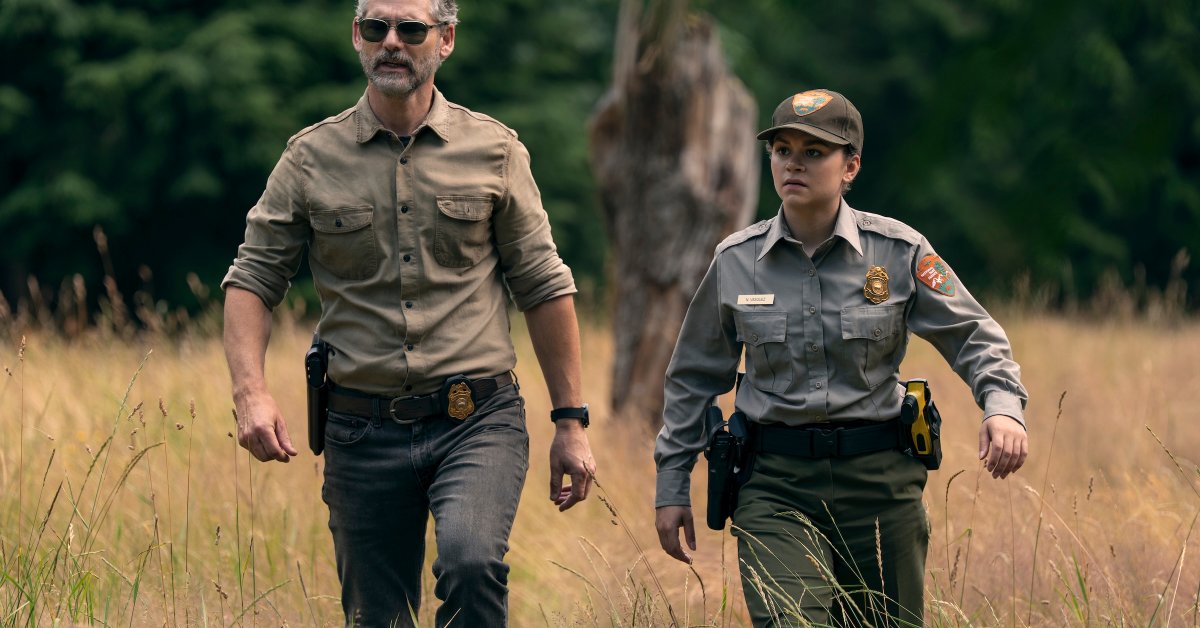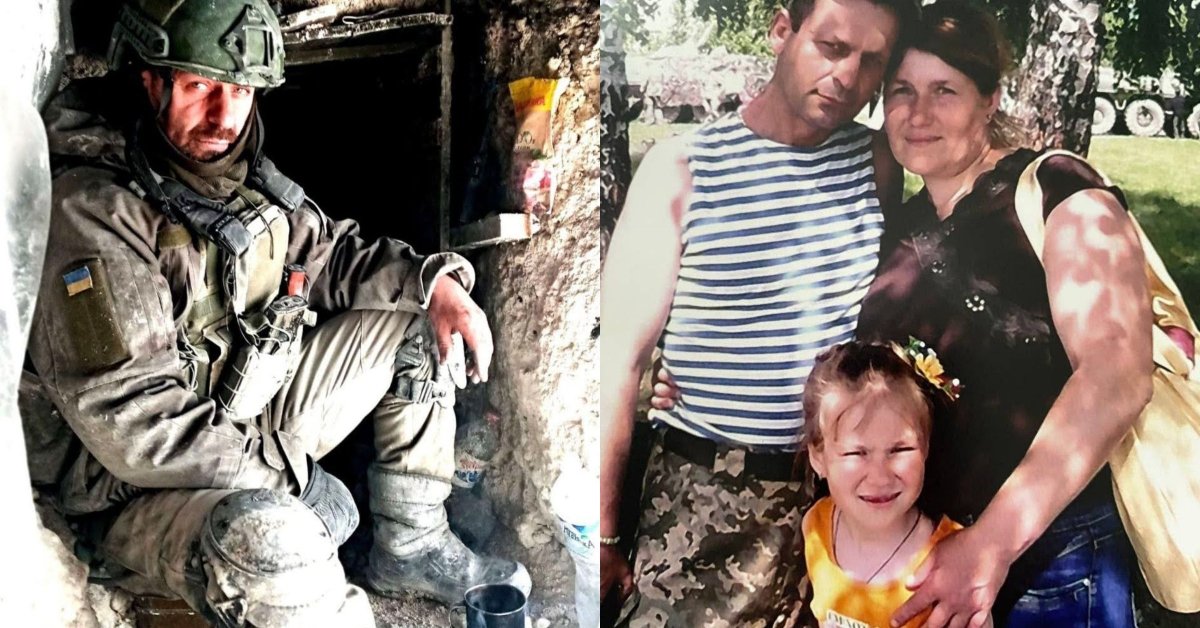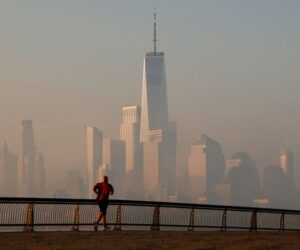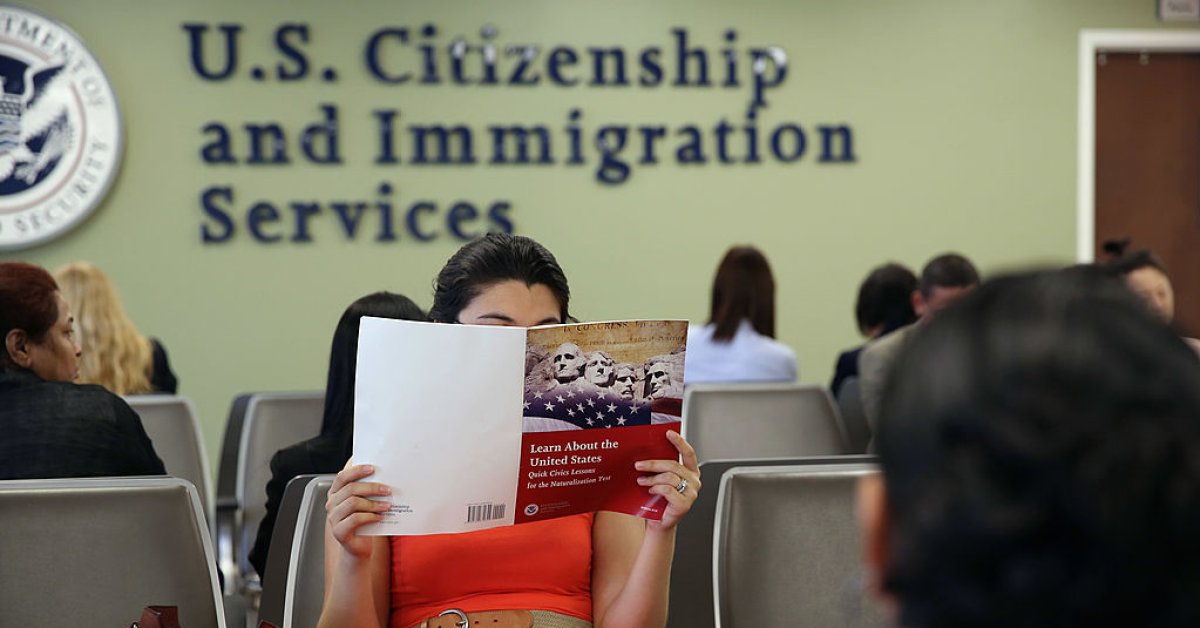It’s been 20 years since category 3 Hurricane Katrina hit New Orleans, Louisiana, on Aug. 29, 2005, and the city’s levees broke, causing catastrophic flooding that killed more than a thousand people.
Katrina is still considered the costliest U.S. hurricane on record at more than $200 billion in today’s dollars. Tens of thousands of New Orleans residents were displaced, and many never returned, moving to other states like Texas and Georgia. The city and the federal government were accused of not doing enough to protect the hardest-hit areas before the storm and to rehabilitate them afterwards because their residents were predominantly Black and brown.
The continued impact of the hurricane comes into focus in a new three-part documentary series, Katrina: Come Hell and High Water, out on Netflix on Aug. 27. Executive-produced by Spike Lee, the series looks back on the catastrophe through interviews with survivors, elected officials from the time, as well as home videos and news coverage. (Lee also directed the 2006 documentary When the Levees Broke: A Requiem in Four Acts.) Here’s a look at the most shocking moments in the series detailing the human cost of Hurricane Katrina.
Weathering the storm
Many of the people living in the most vulnerable low-lying areas of New Orleans were Black and brown residents who did not have the financial means to evacuate and didn’t have a car or access to one.
The Superdome (once the largest indoor arena in the world) opened up to residents who could not evacuate. But long lines prevented many from getting inside.
In the series, Robert Green, who hailed from the Lower Ninth Ward, says he wanted to evacuate to Nashville, but his mother was too sick to leave the city. The lines to get in the Superdome were extremely long, and she was too frail to wait. The area in the arena for special needs residents was not ready yet, so they went back home.
When the storm made landfall, Green recalls being trapped in the attic and his brother kicking a hole into the roof and pulling up his mother and toddler granddaughters.
“The house lifted off of its foundation and started floating up the street like it was a boat,” Green says. The house hit a debris pile and threw everyone into the water. His mother and granddaughter washed away.
The aftermath
As the hurricane passed, residents were left stranded, surrounded by several feet of floodwaters. People wrote desperate messages on their rooftops. In the series, one roof had graffiti indicating a diabetic with a heart condition needed rescuing, while another indicated that residents could not swim. Parents were carrying their children on their backs as they looked for refuge.
Residents sought dry ground on the interstate, and archival aerial footage shows it dotted with survivors—and dead bodies. About 15,000 people tried to shelter in the city’s convention center.
The series points out discriminatory language in news coverage of the food and water shortages at the time. White residents stealing from grocery stores were described as “finding” food and beverages for their families, while Black residents doing the same thing were described as looters.
Leann Williams, a resident of New Orleans neighborhood Tremé, was unnerved by the sight of heavily armed military personnel holding machine guns at the Superdome. “I felt like we were treated like criminals,” Williams says in the series.
She recalls feeling like federal officials had forgotten the city, explaining, “I just couldn’t believe my country, the world just kept moving, and we are stuck. Is anyone going to come help us?”
Obstacles to rebuilding

Rebuilding efforts have been uneven and the effects of Katrina are still felt today.
In the series, Douglas Brinkley, professor of history at Rice University and author of The Great Deluge: Hurricane Katrina, New Orleans, and the Mississippi Gulf Coast, says predominantly Black and brown neighborhoods were not given the resources necessary to rebuild fully: “It was a concentrated decision by insurance companies, bankers, financial sector, to not rebuild Gentilly, to not rebuild the Lower Ninth, to not rebuild half a dozen essential neighborhoods.”
Louisiana received $10 billion to create and oversee the Road Home Program, the largest housing recovery effort in American history designed to cover the costs that insurance and other federal aid didn’t. The compensation for rebuilding was predicated on the appraised value of the homes, which disadvantaged the poorest neighborhoods.
The series zeroes in on the Make It Right Foundation, backed by actor Brad Pitt, which focused on building new homes for teachers, first responders, and residents of the Lower Ninth Ward displaced by Katrina. Brittany Robbins, who has lived in a house built by Make It Right for 10 years, describes paying a $1,500 deposit and merely $43 the day she closed on her house.
Yet, the deal was too good to be true. Robbins says she has already paid $20,000 in repairs and took out a $145,000 loan. Make It Right’s playground across the street from her house is rickety, and she doesn’t feel safe letting her child play on it.
Green also got a house from Make It Right, and its foundation has to be replaced, which will cost about $50,000. “I feel like I was used,” he says in the series. “I feel like I was betrayed and now I’m left with a house that’s going to fall apart one day.
The homes had floors made out of a new innovative wood that did not withstand water well. Another resident, Eli Ivory, says every time he took a shower in the guest bathroom, there would be a leak in the guest bedroom, costing $8,000 to repair. One time, while using his main bathroom, he says his leg fell through the floor.
In 2022, the Make It Right Foundation reached a $20.5 million settlement “to resolve outstanding issues in the litigation over homes in the Make It Right development in the Lower 9th Ward of New Orleans,” according to a statement obtained by People. Pitt said, “Hopefully this agreement will allow everyone to look ahead to other opportunities to continue to strengthen this proud community in the future.” The nonprofit Global Green was brought in to work on rehabbing the homes, and in the doc series, it says it’s halfway to its goal.
And yet, the residents of these houses don’t want to leave New Orleans. The city is home for them, and the documentary ends with a montage of reflections on what makes the city unique and resilient. U.S. Army Russel Honoré, who oversaw the military’s recovery efforts after Katrina, is the most blunt: “Without New Orleans, Louisiana would be sh-t.”








